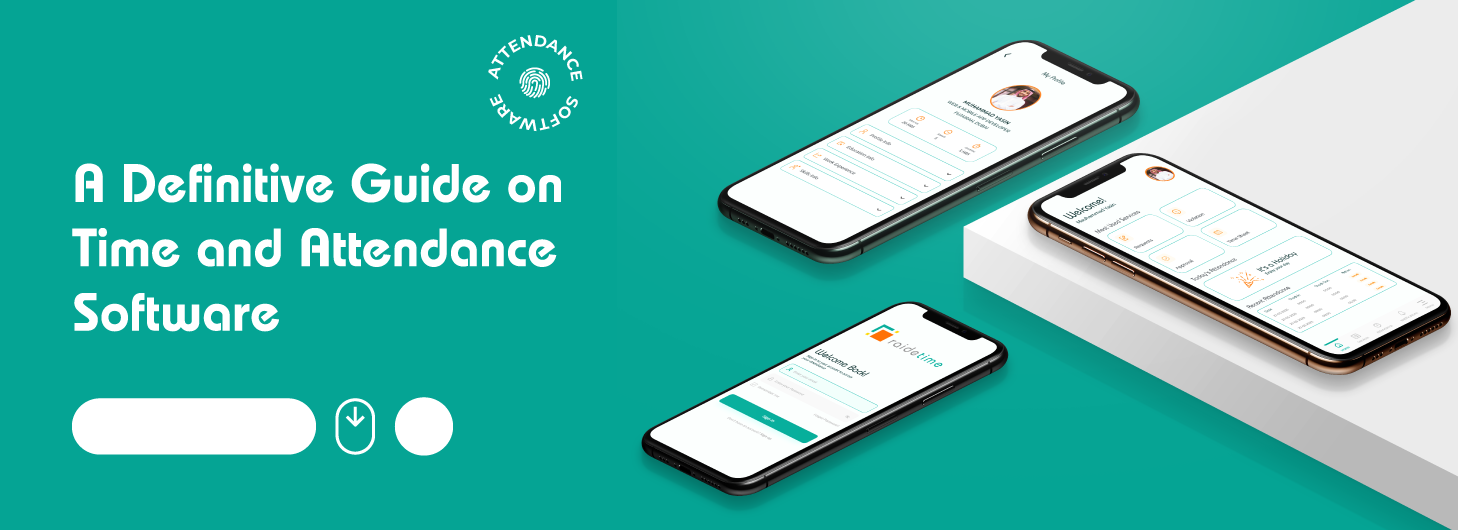Written By
Kalim Ullah
2024-Oct-21
An Essential Guide on Shift Management : From Chaos to Clarity
In a growing business with complex scheduling needs,
managing shifts is vital. HR and Operations Managers or supervisors find it
challenging to balance the teammates. Rotating shifts, location changes, or
assigning multiple shifts is a tiresome process on its own.
Poor shift management can lead to operational disruptions
and chaos. It can frustrate teammates, delay work, and compromise productivity.
Shift management needs to be more balanced between
operational efficiency and employee well-being. Not handled with care it
impairs resources and drains productivity.
As no structured system to use. The assignment of shifts
becomes vulnerable to subjective error.
It leads to misalignment, between employee availability and
operational needs.
Inaccurate shift scheduling
leads to overstaffing or understaffing. This affects resource utilization and
increases labor costs.
Moreover, manual shift swapping creates data
inconsistencies, complicating payroll and compliance tracking.
These technical gaps
cause delays in decision-making. And a
systems dependent on real-time data, lose reliability.
But it doesn’t have to be this way.
Shift management software alleviates these challenges. It offers a streamlined way to schedule,
monitor, and optimize your teammates. It can be a complete shift management
system or a module of the attendance system.
In this essential guide, we'll explain how shift management
works. What benefits it provides to your business, and what do you need to know
when selecting the solution that suits your needs?
What is Shift Management software?
Shift management software streamlines and automates the
process of shift scheduling. It is about assigning the right people to the
right shifts at the right times.
Shift Management Solutions Ensures:
to track the shift-wise attendance of every teammate
create multiple shifts for different locations
make adjustments in the teammates' shifts
ensure consistent and fair scheduling.
It ensures you have the right interface to meet your
resource needs and allocation. Streamlining the shift processes eliminates the
manual work of spreadsheets or paper schedules.
Additionally, they bring balance. With Shift management,
scheduling becomes fair and transparent. It ensures the teammate's well-being
and that no one gets left behind.
Flexibility is paramount in a digital age. Offering this to
your team can significantly impact morale, time, and retention.
Why Organizations Need a Shift Management Tool?
When scheduling doesn't align or shift change happens, you
may feel displeased. Sometimes your team may feel undervalued when the assigned
shift doesn't fit into their schedule.
The benefits of using a streamlined shift management system
go far beyond convenience.
Teammates, supervisors, and managers, preferences are met when
using a shift scheduling tool.
Promotes transparency and Compliance
Accuracy and compliance are conclusive for organizations
that foster transparency. Shift scheduling tracks overtime, breaks, and
accuracy in time.
You avoid costly mistakes, treat employees fairly, and
foster a trusting environment. Additionally, with shift management, you protect
your organization from any legal risk
Nurture Team well-being
A shift planned with the employee schedule in mind is more
fair than a shift planned without taking their preferences into consideration.
Making your employees feel valued and listen leads to higher
job satisfaction. It in turn reduces turnover rates and foster a collaborative
environment.
Lower Administrative Burden.
Shift scheduling automation saves time for your HR and
operations teams. You will not need last-minute calls to fill gaps or do manual
calculations of overtime.
A shift management tool handles this with more transparency.
Instead of solving daily scheduling problems, they can focus on important
tasks.
Provide informed Insights
Shift management provides you with real-time data on
attendance, overtime, and workforce distribution. This allows you to forecast
staffing needs, optimize labor costs, and make better informed decisions.
By now, it should be clear how crucial a solid shift
management system can be. But how do you choose the right tool?
How to Choose the Best Shift Management Tools?
Selecting the right software for shift management depends on
your business's unique needs. However, the software market is full of options,
there are a few key factors you should consider:
Swift Setup to use
User experience is foremost for a shift scheduling tool. Any
tool you choose should be intuitive and swift for both managers and employees
to use.
Your team should be able to access schedules quickly, swap
shifts, and request time off with minimal effort. If it’s too complicated, it
defeats the purpose.
Using raidetime, with just a few clicks, you can create and
assign a shift. Interested to know how? Request
a live demo to see
Flexible Mobile Connectivity
Employees, especially in industries like healthcare, and
hospitality, are often on the move. Find a tool that offers mobile apps. Let
your team check their schedules and update their availability from their
phones.
raidetime mobile app is a flexible tool for tracking shifts
and attendance.
Request a demo to see
Flexible Support for Diverse Work Environments
Most businesses operate in multiple locations and follow a
hybrid work culture. A shift management tool needs to accommodate
frontline and remote teams.
The ability to assign
shifts across different time zones, locations, and departments is essential to
maintaining consistent operations.
raidetime, the geo-fencing feature makes the tracking of a
team member more flexible. It locates
employees within digital boundaries during different shifts.
Scalability and Integration Capabilities
As your business grows, your scheduling needs will evolve.
You will need to integrate the system with other solutions. As your team grows,
the system must be scalable. Find a tool that configures multiple shifts,
geo-fence different locations, and accommodates huge data.
There are many software tools out there—Deputy, When I Work,
raidetime, and Sling. These tools can
assist in streamlining your shift scheduling. But no matter which tool you
choose, make sure it aligns with your operational needs.
Along with functionality, one also needs to keep an eye on
the technical aspect of a shift management tool.
Technical Considerations When Selecting Shift Management
Software
Data Security
Human resource software holds sensitive employee
information, from personal details to payroll data. Shift management is a vital
tool for human resources and is not an exception. Choose software that complies
with data protection regulations, such as GDPR.
Also ensures it provides secure data storage.
Customization
Each business is unique.
A shift management tool should be flexible enough to cater to your shift
patterns.
Either you need fixed shifts, rotating schedules, or the
ability to create custom shift rules.
Shift management tools should be adaptable.
Reporting and Analytics
Detailed reporting features allow you to gain insights into
attendance, overtime trends, and labor costs. Look for a tool that offers
customizable reports, so you can track the metrics that matter most to your
business.
Cloud-Based vs. On-Premise Solutions
Cloud-based tools are typically more flexible and scalable,
offering access from anywhere with an internet connection.
On-premise solutions, while less common today, might be
preferred by businesses that require strict control over their data.
Integration Capability
Shift management doesn’t operate in a silo. To truly get the
most out of your system, it needs to integrate seamlessly with your other HR
tools.
Having a fully integrated system not only saves time but
also reduces the likelihood of errors. It creates a single source of truth for
managing shifts, payroll, and overall employee records.
Conclusion:
Shift management is about creating a structured, fair, and
transparent scheduling process that benefits both your business and your
employees. By automating the complexities of shift scheduling, you can
eliminate inefficiencies, improve employee satisfaction, and optimize your
workforce operations.
Investing in a shift management tool that fits your unique
needs, integrates with your existing systems, and provides room for growth is
the key to maintaining a well-run, scalable business. Take the time to explore
the options available, and choose a solution that brings balance to your
operations.
Ultimately, it’s not just about managing shifts—it’s about
creating a balanced working environment for everyone involved.



